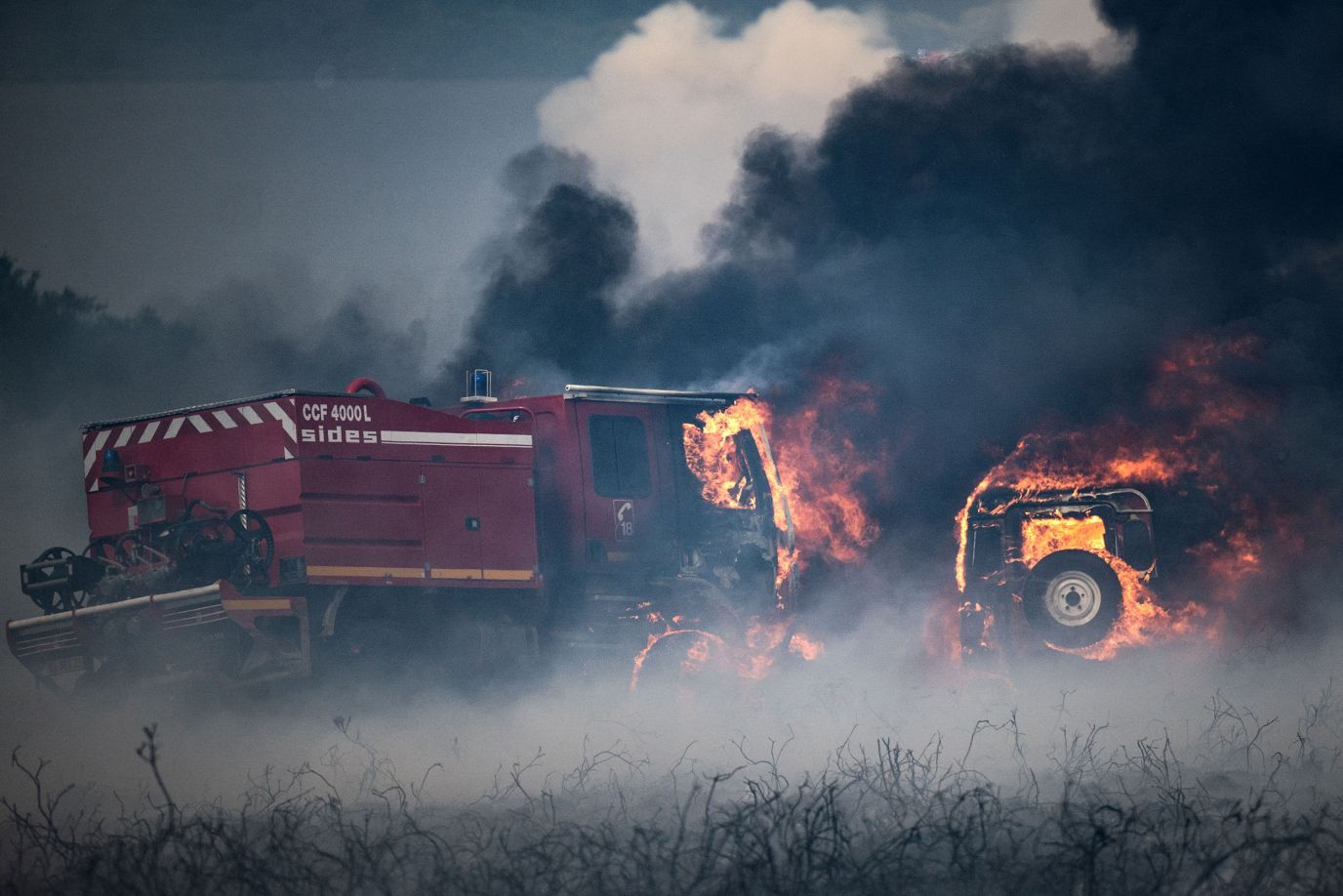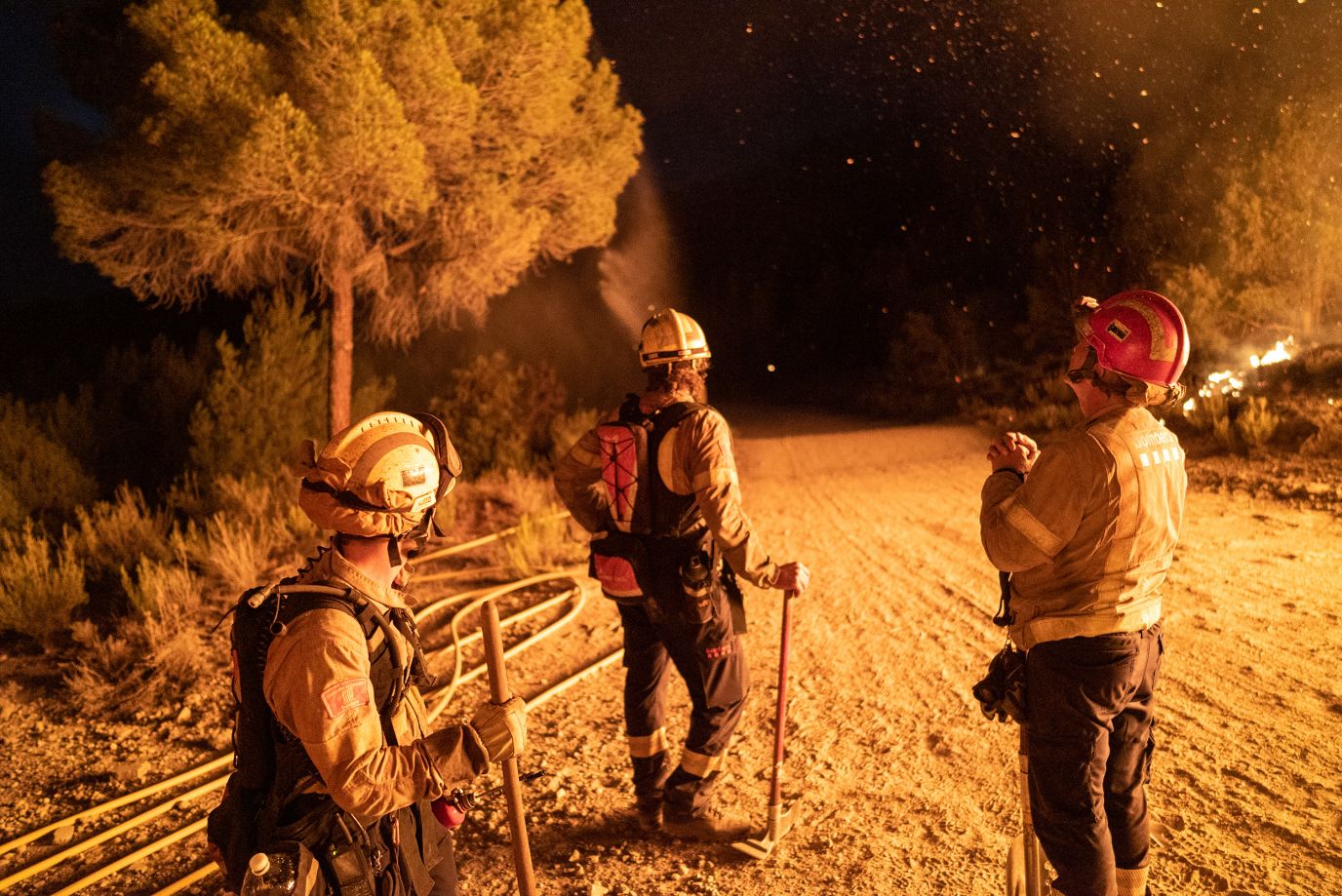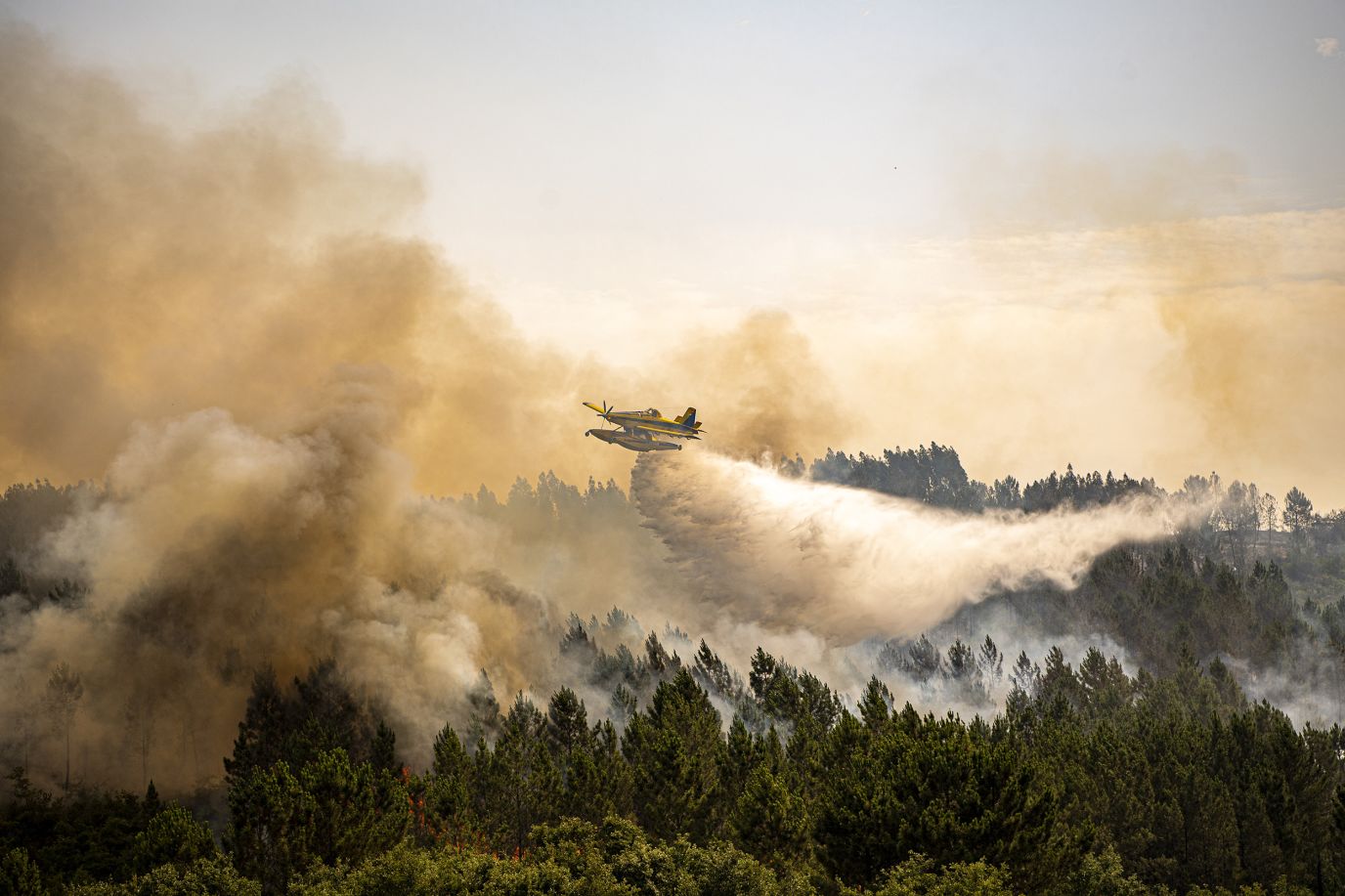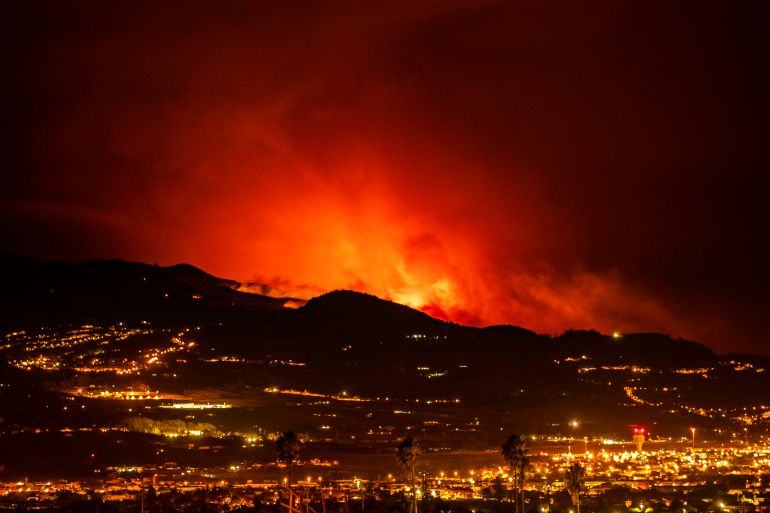- hot-spots
- forest fire
- Spain
- Wildfires in Spain
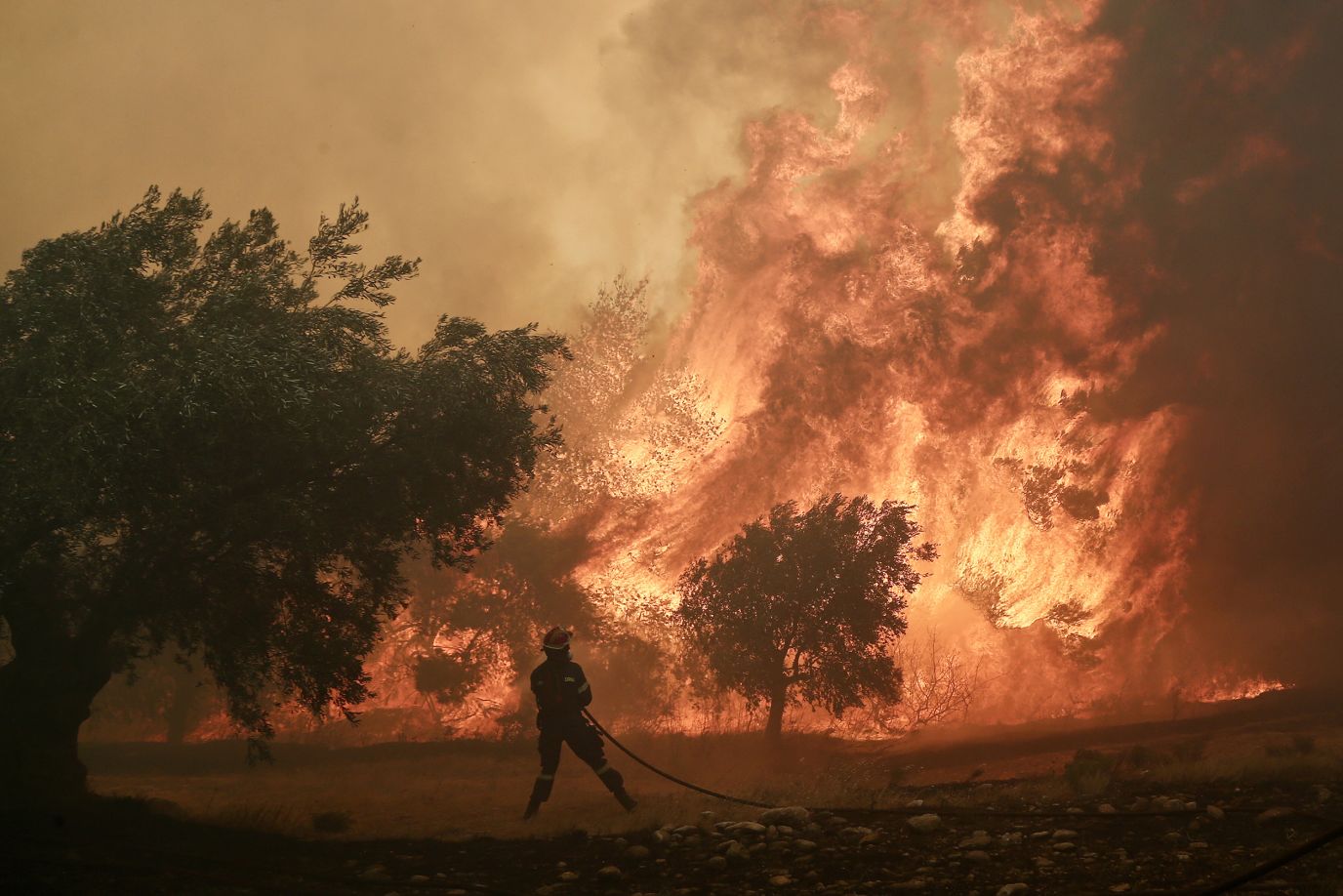
Problems
Spain is one of the countries in Europe most affected by wildfires, especially during the summer months when high temperatures, low humidity and strong winds create favourable conditions for fire ignition and spread. In recent years, Spain has experienced some of the worst wildfires in its history, causing deaths, injuries, evacuations, environmental damage and economic losses. In Spain, fires typically become severe in June as summer heat arrives. But in 2023, the fire season started with an intense blaze that raged in the eastern Castellon province in late March. According to the European Forest Fire Information System (EFFIS), more than 315,000 hectares of land in Spain were engulfed by wildfires in 2022, making it the second worst year after 2012, when more than 400,000 hectares burned. The year 2023 has also seen devastating fires across the country, with more than 7,500 hectares burned in the south-western region of Extremadura in May and more than 30 active fires in July affecting such areas as Zamora, Galicia, Aragon and the Gredos mountain range.
Causes of wildfires
Over the past three years, poor rainfall had already primed forests in the province to burn, and warm, windy weather worsened the situation after the blaze ignited near Villanueva de Viver on March 23, 2023. Temperatures were above 25 Celsius (77 Fahrenheit) when the fire broke out, according to Spain’s State Meteorological Agency (AEMET). At times, winds up to 70 kilometres (44 miles) fanned the flames. Wildfires are not new in Spain, which has a Mediterranean climate with hot summers and dry vegetation. However, climate change is expected to worsen the frequency and intensity of wildfires in the future.
Consequences of the fires in Spain
According to a study by the European Commission, Spain could lose up to 0.8% of its GDP annually by 2050 due to the impacts of wildfires. Another study by Spanish researchers found that large wildfires (> 500 hectares) are influenced by climatic conditions over a time scale of seasons to years, determining the amount of fuel that feeds these fires. Scientists say human-induced climate change makes extreme weather events, including heatwaves and droughts, more frequent and intense. They increase the risk of fires, which emit climate-heating greenhouse gases.
Gallery
6Timelines
2023
August 19
Thousands of residents from Tenerife in Spain’s Canary Islands have been evacuated as a wildfire authorities deemed “out of control” rages on for a fourth day. The Canary Islands emergency services said more than 26,000 people had been evacuated by Saturday afternoon, according to provisional estimates, a sharp rise from 4,500 on Friday. Some 11 towns have now been affected. Fierce flames lit up the night sky overnight and helicopters were seen dropping water on areas close to homes where smoke billowed into the air. Some 5,000 hectares (12,000 acres) have been burned so far with a perimeter of 50km (30 miles). The fire was at a scale never been seen before in the Canary Islands, Tenerife Council President Rosa Davila told reporters. She said the priority was to “protect people’s lives”. The Canary Islands have been in drought for most of the past few years, just like most of mainland Spain. The islands have recorded below-average rainfall in recent years because of changing weather patterns impacted by climate change. Scientists have said climate change has led to more frequent and more powerful extreme weather events.
August 16
Fires rage in Tenerife in the Spanish Canary Islands. The blaze broke out in a mountainous national park around the Mount Teide volcano – Spain’s highest peak – amid hot and dry weather. The fire is located in a steep and craggy mountain area with pine trees, with several municipalities on its flanks. Access for firefighters is extremely difficult.
July 01
The fire on La Palma started in El Pinar de Puntagorda, a wooded area in the north of the island, necessitating the evacuation of people from the villages of Puntagorda and neighboring Tijarafe. The fire affected an area of about 4,500 hectares (11,000 acres), and officials warned residents that the situation could worsen because a heatwave has made the terrain tinder-dry.
2022
June 01
The fire in the mountain range Sierra de la Culebra is considered one of the worst in the history of Spain, and it is definitely the worst in Castile and León. Its flames destroyed over 22000 hectares in an area considered a nature reserve.
2021
August 14
The fire in Navalacruz was an accident caused by a broken-down car in the ditch of the N-502 road. The flames quickly spread through a hillside and destroyed 22000 hectares before dying.
2017
October 14
2017 was a bitter year for Galicia, considering they had to see 47000 hectares burn in only one year. The fire spread at a rate of 6km/h. “These fires [which showed signs of intentionality in a 60 to 90% of the cases] went over dams, created secondary sources at a distance of up to two kilometres, and generated a fire storm”, according to the WWF organization
2012
August 20
The last fire on this list occurred in 2012 in the municipality of Castrocontrigo. 11500 hectares were set on fire. In addition, this fire was an arson and had a huge economic impact on the municipality since wood and resin extraction was its main source of income.
2007
July 30
The Canary Islands faced two terrible fires in the summer when they suffered a major heatwave with temperatures of more than 40ºC. Tejeda in Las Palmas de Gran Canaria and Los Ralejos in Tenerife were two of the most affected municipalities. About 37000 hectares burnt down in total.
2005
July 30
Riba de Saelices in Guadalajara still remembers with a bittersweet feeling the 2005 fire, which took away the lives of 11 people and calcined 12800 hectares. It all started as a barbecue and turned into one of Spain's worst fires.
2004
July 27
A temperature of 43,8ºC and the burning of waste went incredibly wrong. Both elements combined to trigger the well-known fire of Minas de Riotinto, a catastrophe that resulted in two deceased and more than 30000 hectares being reduced to ashes. This disaster affected 13 municipalities in the area, and some villages like Berrocal still face the consequences of this tragic event since the fire decimated its population and damaged the cork production, Berrocal’s main source of income.
1994
July 03
A total of 437635 hectares were burnt down in Spain in 1994, which renders it the second worst period regarding fires. The worst part went to Catalonia, where 76000 hectares were destroyed only in summer, between the 3rd and 18th of July. Besides, these fires provoked five casualties, more than 40 wounded, and destroyed 35 farmhouses.
